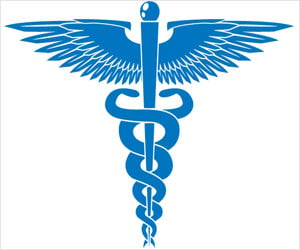If IRDA (Insurance Regulatory and Development Authority) gives the nod to LIC’s proposed unit-linked health insurance policy, LIC hopes to earn Rs.50 billion ($1.3 billion) in three months.
If IRDA (Insurance Regulatory and Development Authority) gives the nod to LIC’s proposed unit-linked health insurance policy, LIC hopes to earn Rs.50 billion ($1.3 billion) in three months. The Life Insurance Corp of India (LIC) hopes to earn Rs.50 billion ($1.3 billion) in three months from its proposed unit-linked health insurance policy. The target is much higher than the Rs.32 billion earned by all non-life insurers last fiscal (2006-07).
The corporation is waiting for clearance for the product from the Insurance Regulatory and Development Authority (IRDA). LIC is hoping to launch the policy by Jan 2008 and achieve its ambitious target.According to D.D. Singh, executive director, LIC, the target of Rs.50 billion is achievable and LIC has achieved similar targets earlier. He is betting on LIC's army of one million agents, bank assurance partners, and its existing client base. The policy covers a mix of hospital expenses and lump-sum payment towards major surgeries. On the death of the policyholder, the balance in the investment fund goes to the nominee.
For claims processing, LIC has tied up with third party administrators (TPA) and banks. Once the TPAs process the claim, they would advice LIC on the claim's permissibility.
The life insurer in turn would advise banks to issue the claim cheque within 24 hours. Industry experts say health insurance is basically a game of distribution and life insurers are better placed vis-à-vis non-life players. They say there are around two million agents chasing individuals to sell life covers, whereas the number of non-life agents is far lower.
Interestingly, much of the health insurance sales logged by non-life insurers are from active life insurance agents. Realising the advantages, other life insurers are planning to get into the health insurance segment in a big way.
According to S.V. Mony, secretary general, Life Insurance Council of India, many life insurers are seriously looking at health insurance segment for more business. Experts also point out life insurers would be able to get a good mix of policyholders, both young and middle-aged. On the other hand, non-life insurers mostly get middle-aged or older persons as policyholders, thereby increasing the chances of a claim.
Advertisement
However, industry consultants say that non-life insurers can partner with life insurers to increase their market share.
Advertisement
LIN/P











